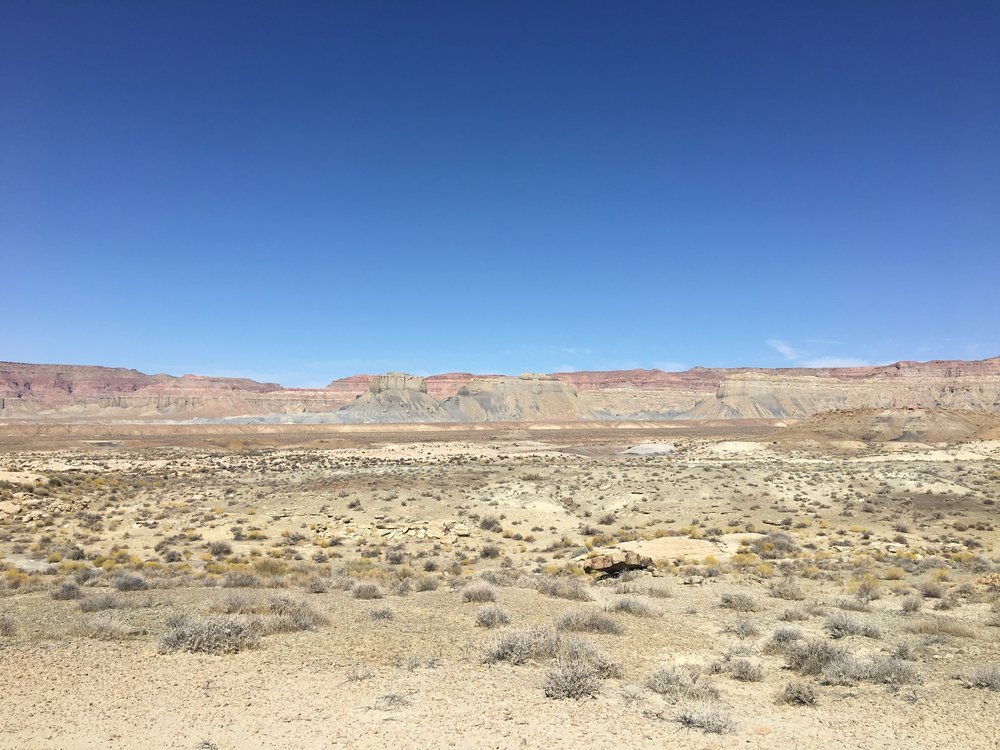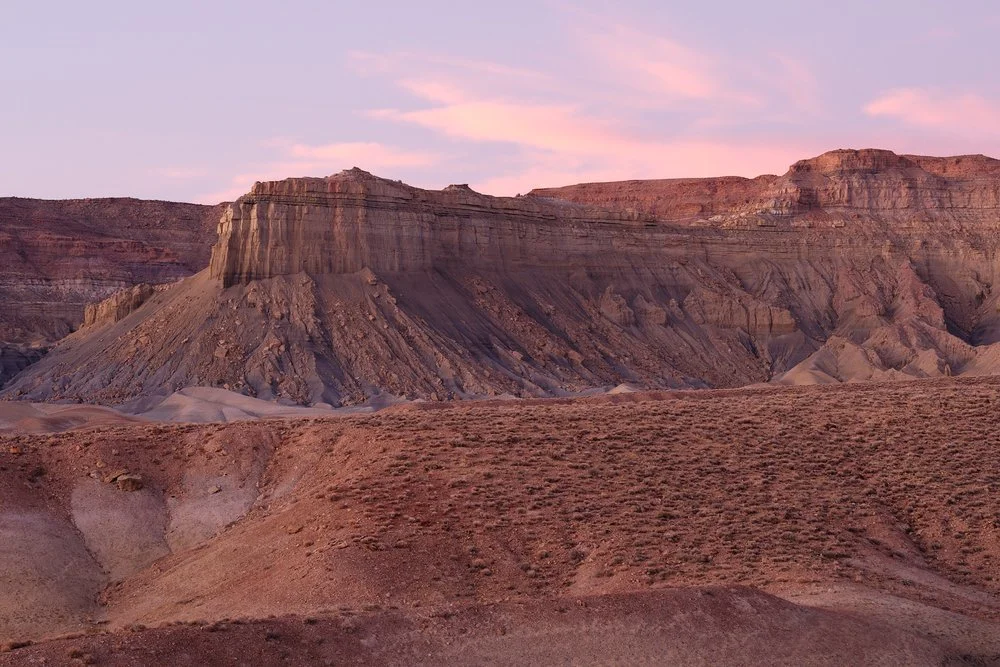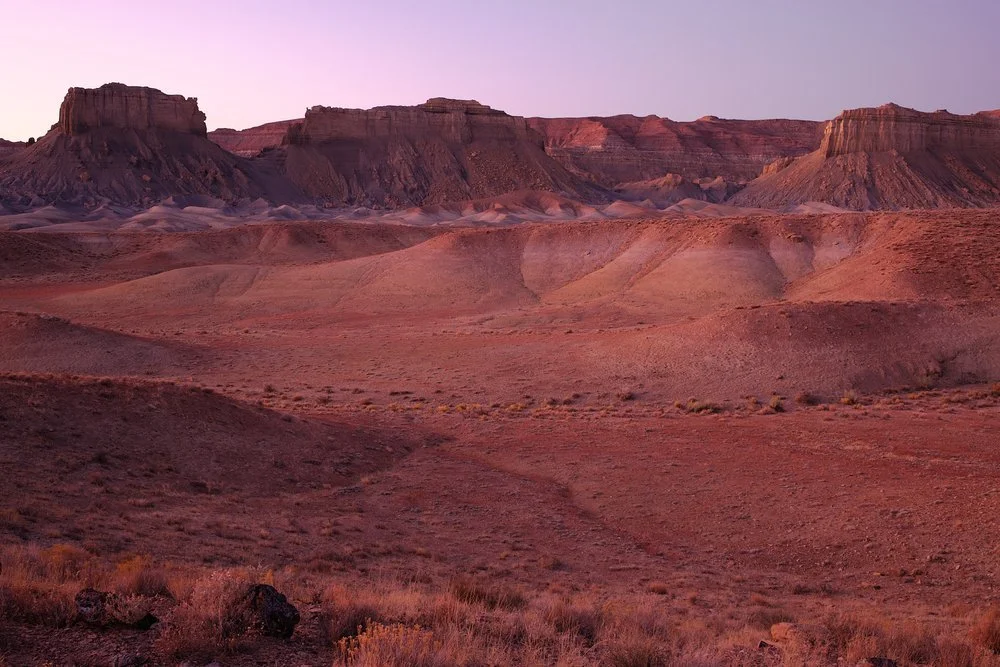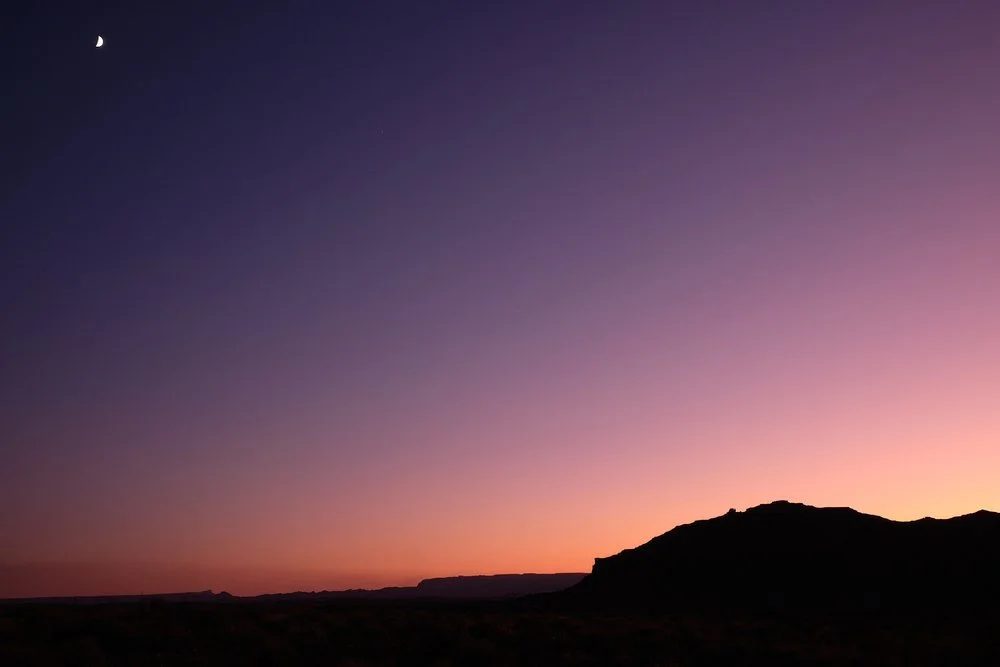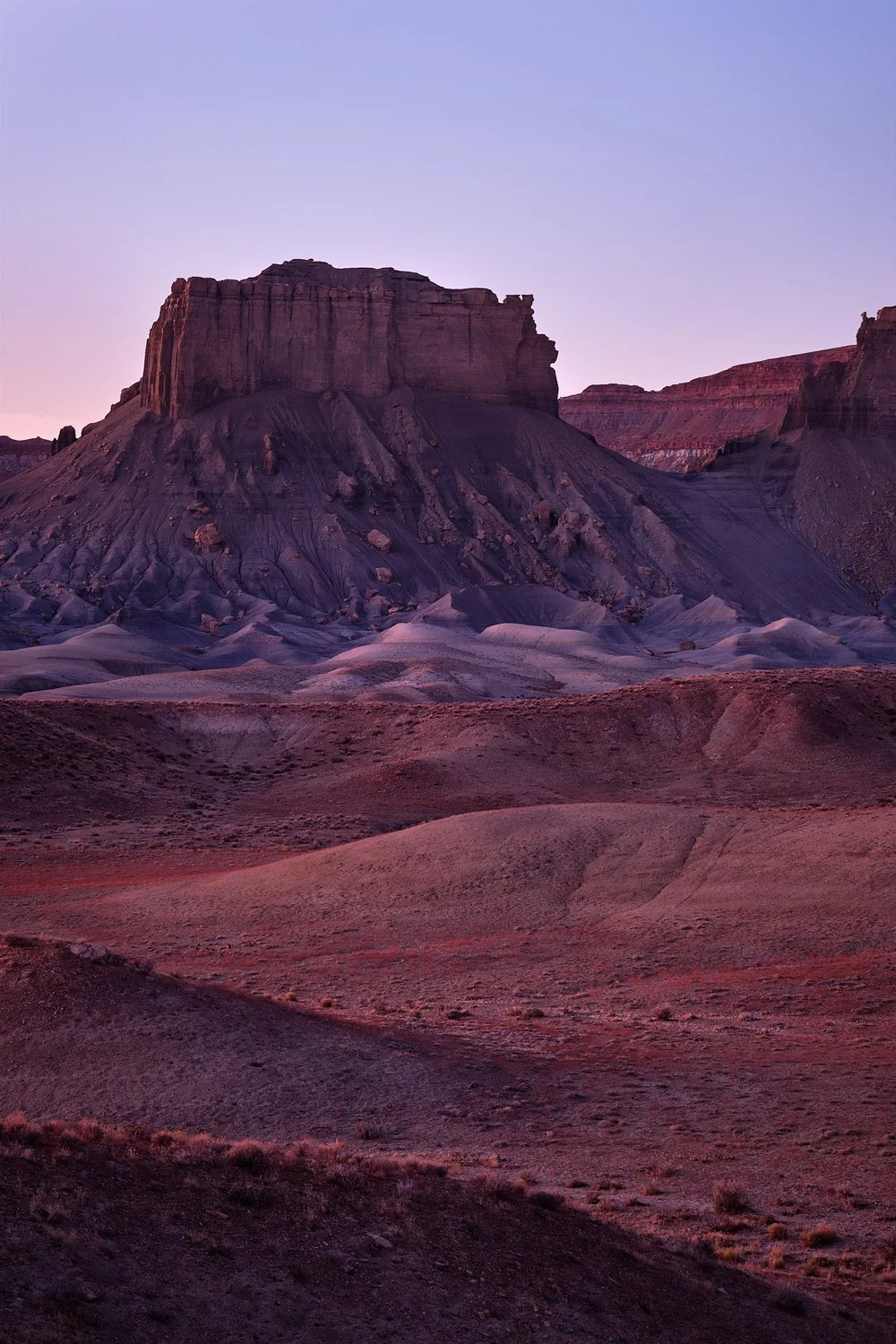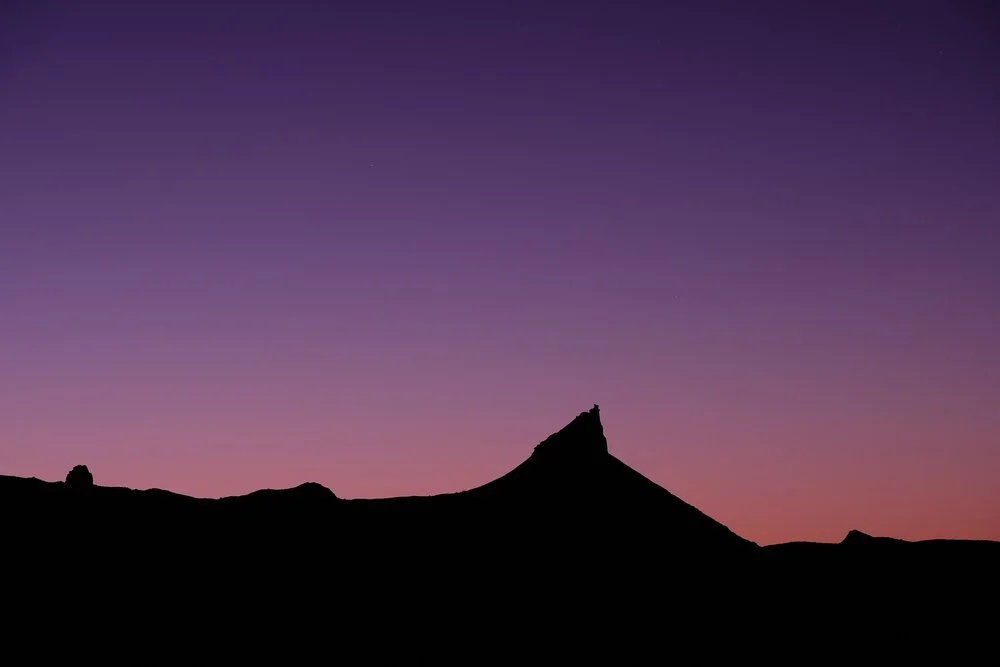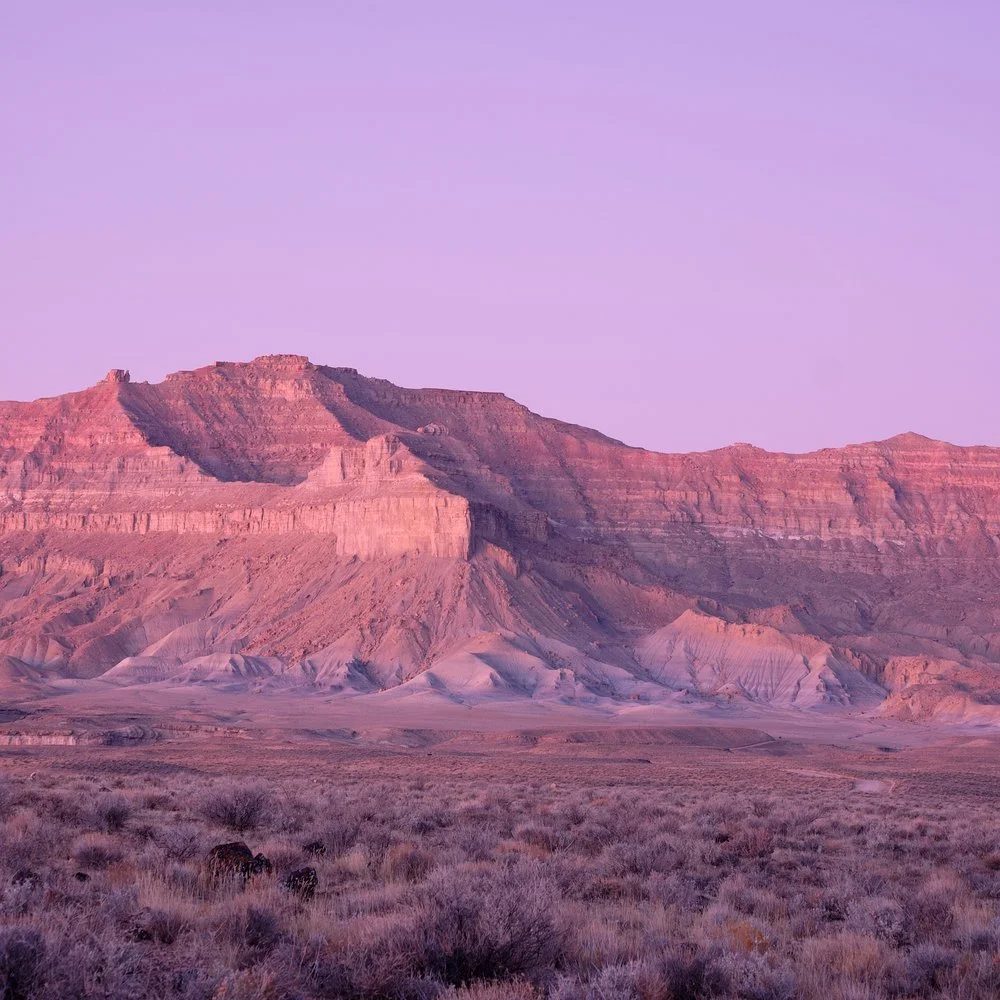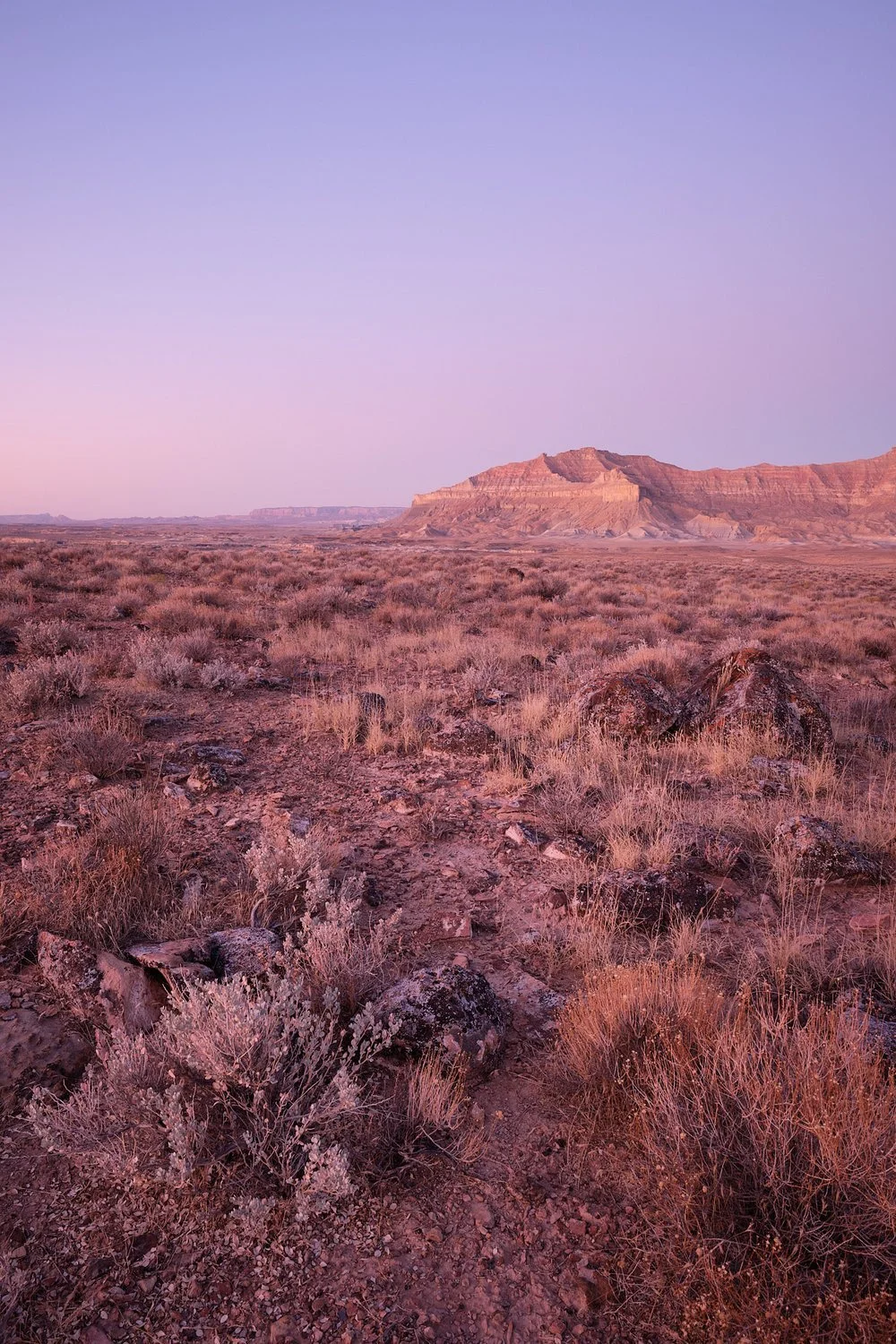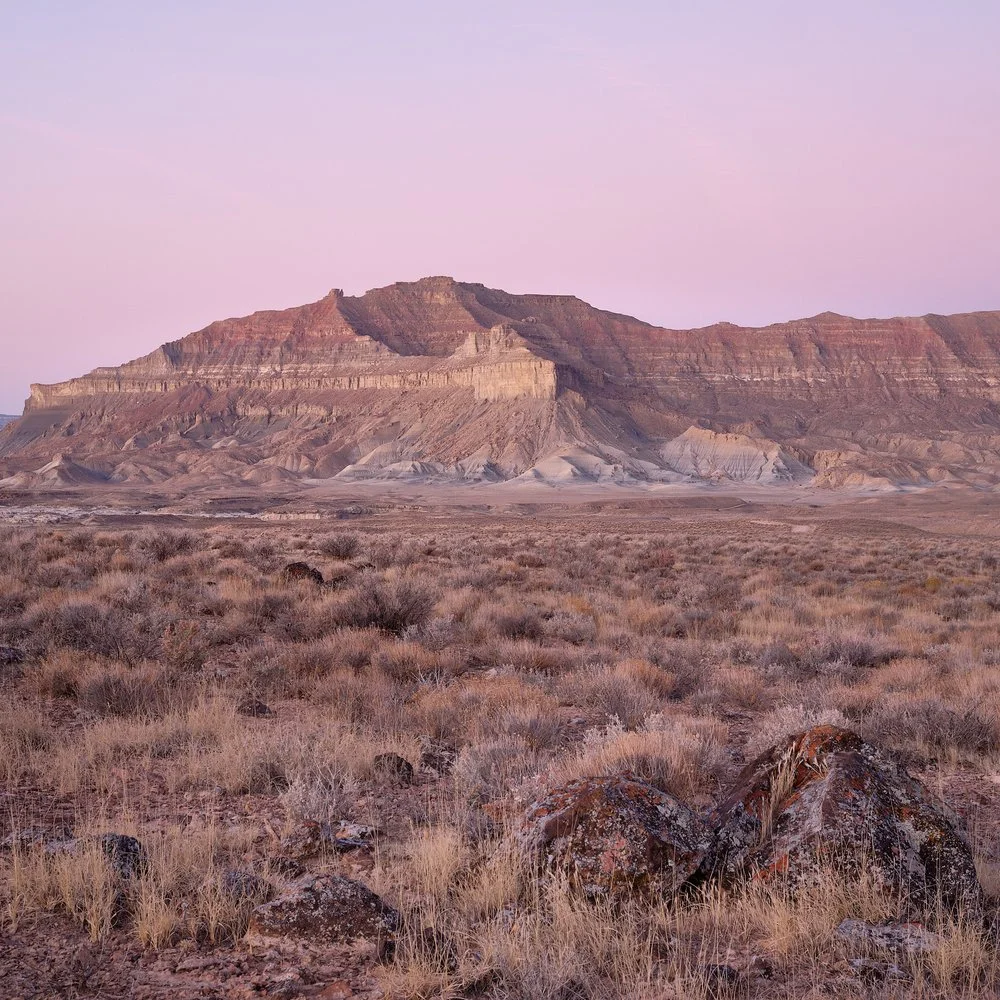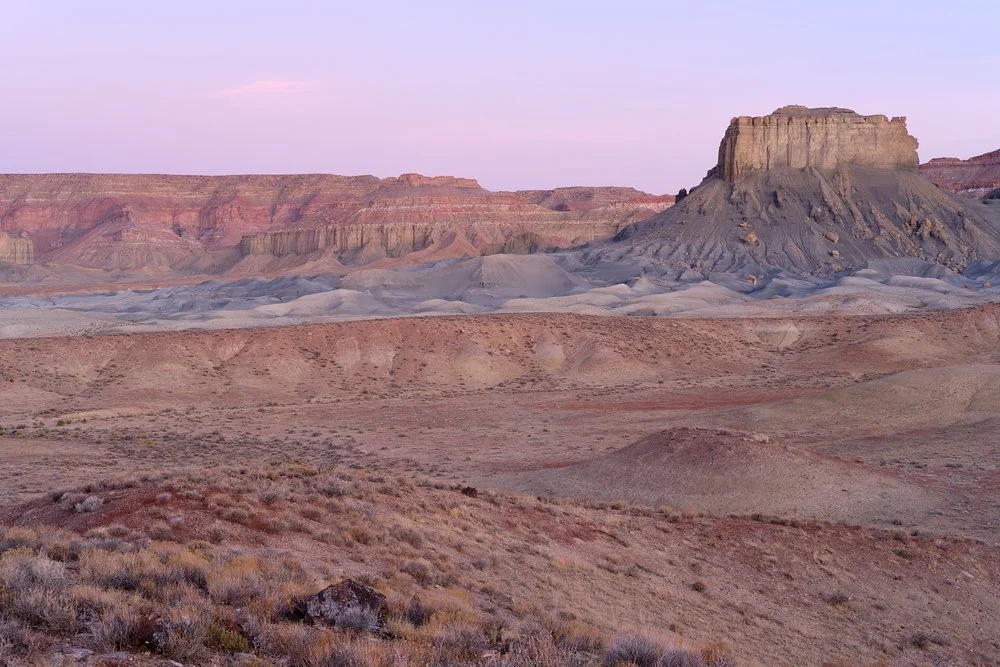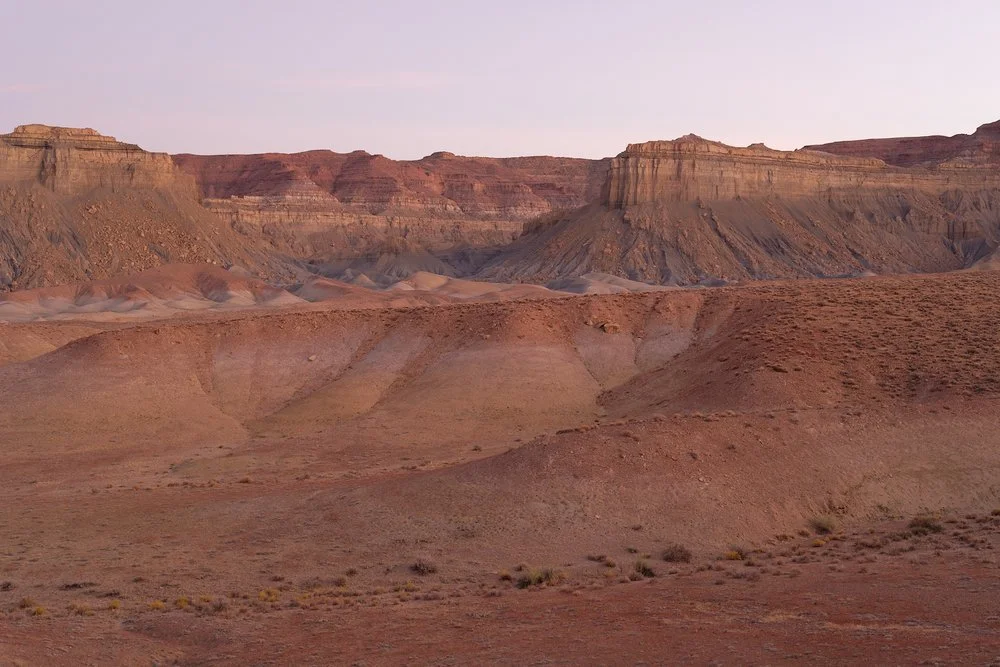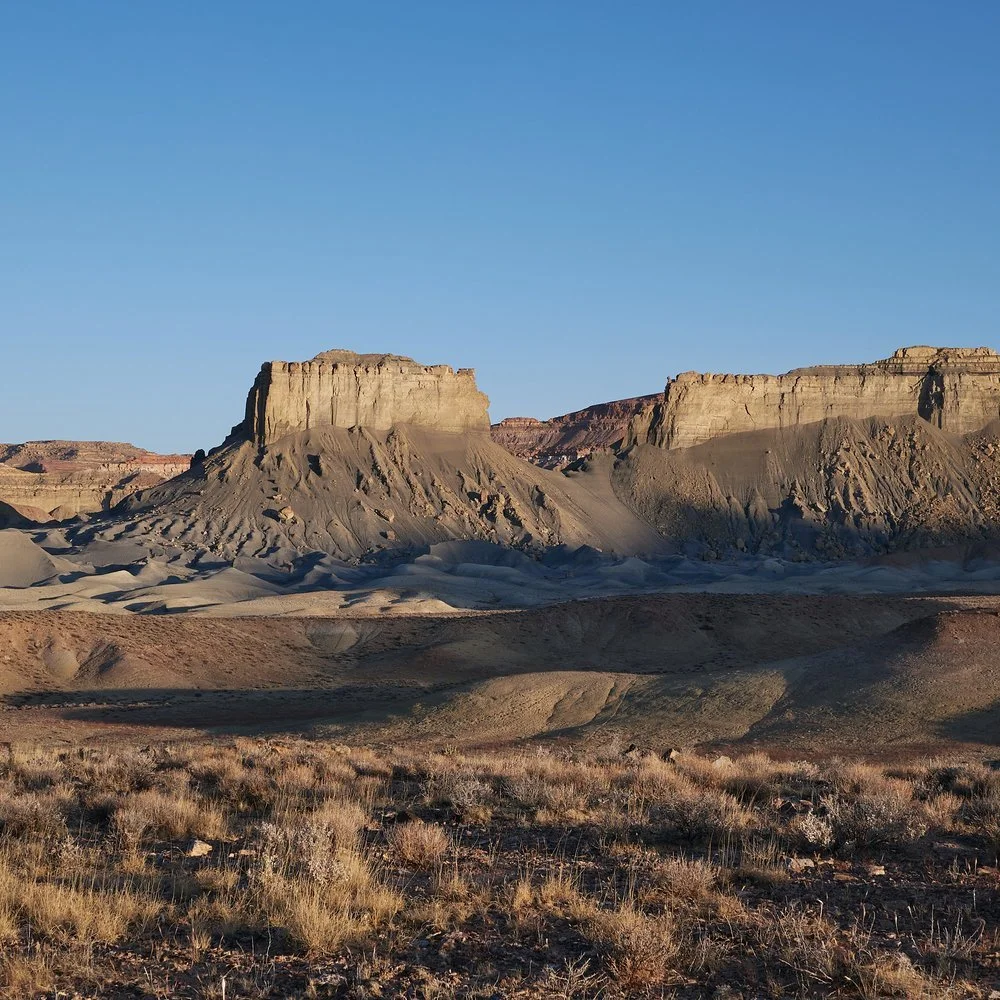DEADPOOL LESSONS FOR PHOTOGRAPHERS.
There is a monologue that was in both of the Deadpool movies that’s gotten me thinking about photography a bit lately. Of course, the monologue is not about photography, but it is thought provoking. In the first movie, it’s Colossus saying the monologue, and in the second it’s Deadpool repeating it pretty much word for word. It goes something like this, “Four or five moments, that’s all it takes to be a hero.” It goes on about not needing to be a hero all of the time, it just takes four or five moments . . . . The relevance of the monologue for photography ends pretty much there because in both instances the monologue ends with Deadpool shooting somebody in the head. But . . . well, maybe not so irrelevant, because this post does concern shooting even if it’s a different kind of shooting.
The Deadpool monologue had me thinking about the fact that one is not successful every time one (read: I) goes out photographing. Sometimes it’s incredibly frustrating, particularly when you get back home and confirm that . . . well, you pretty much suck. Or at least the images do. It’s always nice to be out in nature, but the making of images is hard and, to use the Deadpool language, you can’t always be a hero. But then . . . every once in a while, magic happens. Pure magic, both the conditions and your feelings about the images you make, both while you’re making them and afterwards. Hopefully, it will be more than four or five times in a lifetime, but I’ll take what I can get.
As those thoughts passed through my head, I immediately thought of our last trip out west, 2019, long before we even knew of the word COVID. And the strange thing is, it happened at a location that one would never think would be, to continue with the analogy, heroic (YouTubers have gotten into using the term “epic,” or is that Influencers . . . I don’t know, I’m not either so I won’t use the word).
I checked my images from the day and, sure enough, I had nothing from when we first passed by the site. Why would I? It wasn’t worth photographing. Then I thought of my iPhone and figured that since Apple keeps a copy of everything I’ve ever pointed my iPhone camera at I might as well see. And sure enough, there were a couple of images. You can barely see anything from the picture below, but you know I saw something from Beast because it was enough to make me stop and take a photo of the place (probably to get the GPS coordinates for the location).
And I must have thought enough from what I saw to switch it over to the 2x mode to make another image. It’s one of those things about scouting sites for photography, so often you’re looking for the potential of a place. The answer to the question - is this place worth spending my valuable vacation time to return to?
In some ways, the landscape is a bit unremarkable, but the coloration hints at potential. Subtle but there, as is the harshness of the desert sun. Our destination for the day was Alstrom point overlooking Lake Powell. I’d read a story about it being one of the best camping locations in the West and I was looking forward for some . . . ok, I’ll say it, epic photographs overlooking the lake. But as is often the case, while beautiful in many ways, it wasn’t “epic” and did not really lend itself to interesting photographs. Ann and I tried during the afternoon, but all of the images are lacking. They’re pretty pictures, but nothing more than that compositionally. Perhaps things would be different as the night set, but there was nothing to really grab the eye other than that vast landscape opening into Lake Powell. As the afternoon wore on, Ann seemed increasingly unimpressed (which was precisely what I was feeling). She made some comment about some other locations, and I asked if she wanted to explore and see if there was anything better. She jumped at the chance and said yes. As always, Ann was right.
As we headed back the way we came, I was hoping to find a spot near some purple-sand formations we’d passed (the only other stop for iPhone photographs on our way out to Alstrom point). Unfortunately the big pull out area had been taken over by what looked like a science team (ok, think a small compound of white tents, kinda like in the movie Thor when they find his hammer, or something from the X-files). The only other area that was around the purple hills was occupied by another vehicle, already set up for camp since the evening sky was starting to fall. So we kept driving backwards, knowing there was this intersection on the map - which led to the hills above. Nothing like heading down an unknown road as night is fast approaching.
We made our turn and as we approached the location we ultimately photographed at, we realized that it had some opportunities for rather strong images in multiple directions. Evening was just starting and we were as concerned about where we were going to sleep as in photographic opportunities. Since we knew there were no pull out areas behind us we sped faster down the road for about 4 miles, and pulled a big U turn in a flat staging area just before the road headed up the switchbacks that climbed the canyon walls. Without stopping (plenty of room for Beast, and we’ll figure a way to get Beast level for the night) we zoomed back to where we wanted to photograph from. It became one of those 4 or 5 moments in photography that motivates you to keep doing what you do because, like that day, you never really know when those moments are going to happen.
You might not think so from my blabbing so far, but this is an image-rich blog post. It covers two short bursts of time where both Ann and I were photographing as quickly as we could, knowing that it wouldn’t last.
My first photograph of the evening was recorded at 19:01 (7:01 pm for those who don’t like military time) per my camera (the clock might have been an hour off). The sun was setting quickly and it was all I could do to grab the gear and head about 200 yards from the road to get a photograph as the last rays of the sun hit the cliffs to our east.
I quickly turned in the other direction, to the landscape feature that first caught my attention from the road to Alstrom Point.
And then it was the mad rush of make an image, recompose, . . .
change lenses, . . .
and do it again.
You can see the light changing from image to image, both the intensity and the quality of the light and its effect on the landscape.
Just after I made the above image, I realized I should try to make a more “realistic” image to give the impression of just how dark it really was. So I made the image below, which gives a much better feeling of what it was like by then. Yeah, it was dark, though the moon let the eye see the landscape around us.
But that’s what I love about photography, film/the sensor can “see” as much, if not more than the eye at night if there is any light at all. Especially in these transition periods where the Earth’s atmosphere is still reflecting light. So I returned to making images, using longer and longer exposures as time wore on, hoping the camera would reveal something amazing. Which of course it did.
To show you I’m not exaggerating how incredible the light was, here’s a photograph Ann took of me making the image above:
If you look at my images above and below, you can see two different types of shadows and lit areas. On the one hand, there’s the brighter face of the rock stack facing left, towards the setting sun with its reddish warmth. But there is a light glow and odd “shadows” on the dark side of the rock. Well, those are from moon light - one of the best natural fill lights around during these periods of the “day.”
I ended the evening shoot the way I began it, pointing East towards the cliffs that faced the setting sun. Even under those conditions, with a very long exposure time, the light of the sun was wrapping itself around the earth to make the cliff glow
The time stamp for the above image? 19:35. A mere 34 minutes from the first photograph to the last. By then both Ann and I were exhausted. Time to trudge back to Beast and head up the road to the pull-out we’d found earlier. We set up camp, plugged our camera batteries to recharge and hit the sack.
But that didn’t keep Ann and me from getting up and being ready early the next morning. One of the things I’ve come to love about these odd-hour, twilight photography sessions is how stunningly beautiful nature is during these periods and how different pre-dawn is compared to post-sunset. There’s really three different official twilight periods, each evening and each morning. In the morning it goes from night, to astronomical twilight, to nautical twilight to civil twilight and then sunrise. Photographers have further broken down the civil twilight into the blue hour and then the golden hour and then sunrise. These of course are not “hours.” Today’s (January 2022) blue hour was from 7:23 to 7:34 am, and the golden hour from 7:34 to 7:53 before the sun came up.
My first photograph that next morning clocked in at 6:30 am. It technically fell into the astronomical twilight period, thus you can see the stars in the sky captured during the exposure. By then, the moon had set and wasn’t obscuring their light.
We’ve found that often astronomical twilight often doesn’t really add anything special to the quality of images or change much until nautical twilight, so I turned towards the east to make a photograph to show you what we were waiting for.
Then as happens, things quickly change as the earth rotates and I promptly returned to making images.
And just like the evening before it became a race with the sun to see how many different Images I could make, taking advantage of the incredible light display and landscape around us.
This time I even spun around towards the southwest, given the ridge line wrapped around and was not blocked from the rising sun as was the ridge to the north was, so it started reflecting the sun’s glow long before other directions hinted at what was to come.
And so it was, back and forth . . .
as the sun rapidly rose.
Finally, it started really looking like morning was coming. Relying on the old adage, “Follow the light!” I kept the camera pointed west to take advantage of the last areas being cast in pink . . .
as it quickly faded . . .
into early morning colors.
As the sun rises, it starts to lose the strong coloration in both the sky and the landscape. Sometimes it offers something different, if even momentarily.
Then comes a period just before the sun rises when the quality of light just seems to disappear. It did here, as it has for us at Bandon. I don’t know what explains it, but it means the color show is over and the brilliance of the sun is about to begin.
Which it quickly did.
By that point, Ann and I were exhausted again but still in amazement about what we’d just been photographing. However, compared to the soft glowing light we’d been photographing, the morning’s rays seemed so harsh and brutal. So we decided it was time to call it quits and we hiked back to Beast.
But the morning wasn’t done with us yet, and gave us a display we hadn’t expected. So I pulled out the LUMIX and made a series of hand-held shots.
It reminded me that just because it’s a point and shoot camera doesn’t mean I wasted my time looking for a good one.
The time stamp on this last image below was 8:00. We’d spent an hour and a half at this photo session. A lot longer than the evening before, but also with a much wider range of lighting conditions.
We were on the road again, on our way to White Pocket, but 20 minutes later we pulled over to see if maybe a location was worth photographing. While the place had potential, the time to best take advantage of it had passed already. The light was becoming harsher and the shadows nearly impenetrable, not the best photography conditions. It was going to be an intensely sunny day and we had places to get to. We passed this opportunity by, knowing that we might just get another shot at it now that we know what this area can offer under the right conditions.
That evening and morning combination was one of those four or five moments. Those periods that convince you that you’ve started one of the most enriching and rewarding things you can do as a hobby, or better yet, a passion. We’ve had such moments in Yellowstone, Yosemite, Bandon and the Painted Hills - all known places. And we’ve had them in totally unknown places like this one, some unnamed area on a map that folks drive past every day.
I guess Ann and I have had more than our four or five moments. Fine, we’ll keep working for more. Because it’s worth it. And it helps ease the sting of those times where the images or even the experiences aren’t so memorable.
